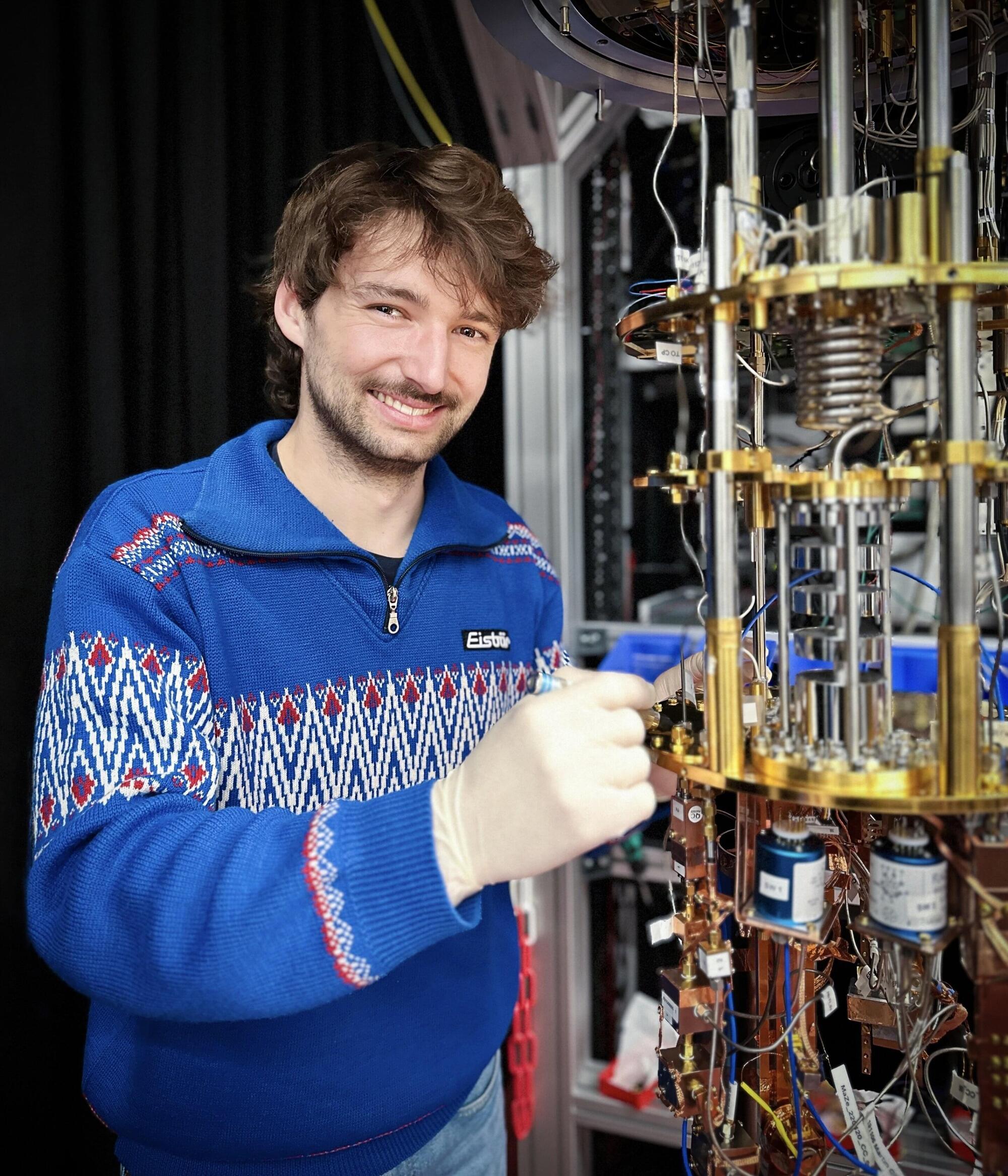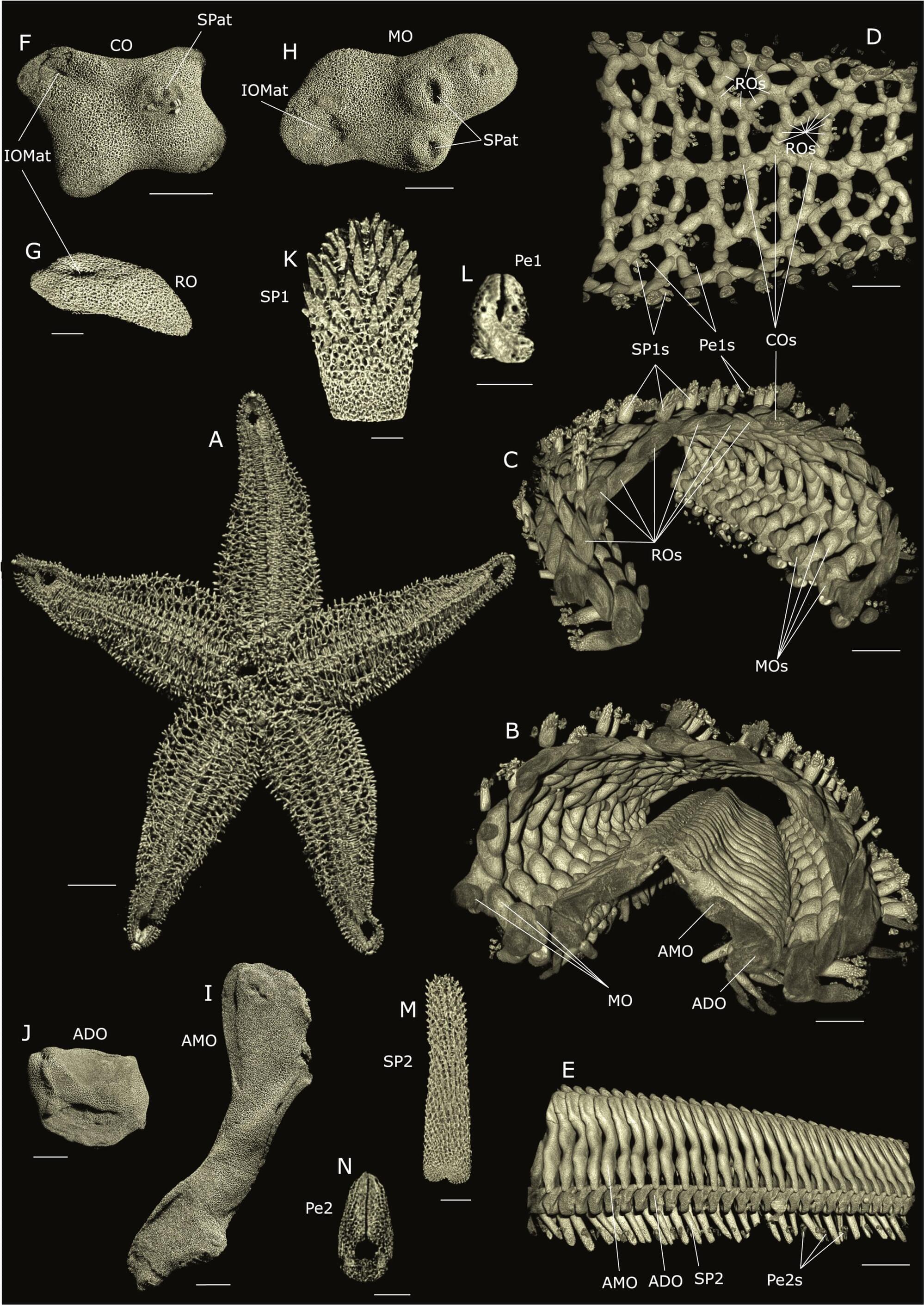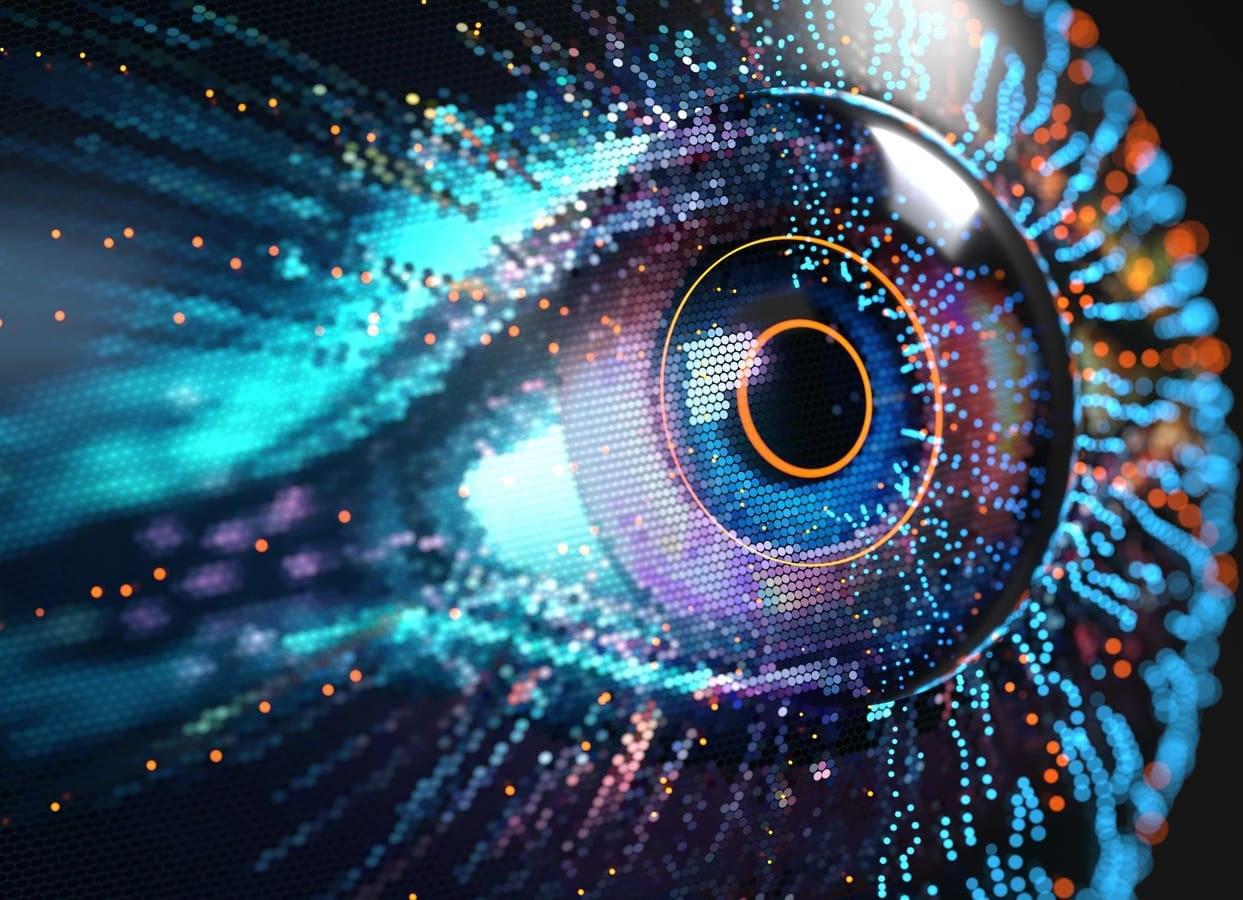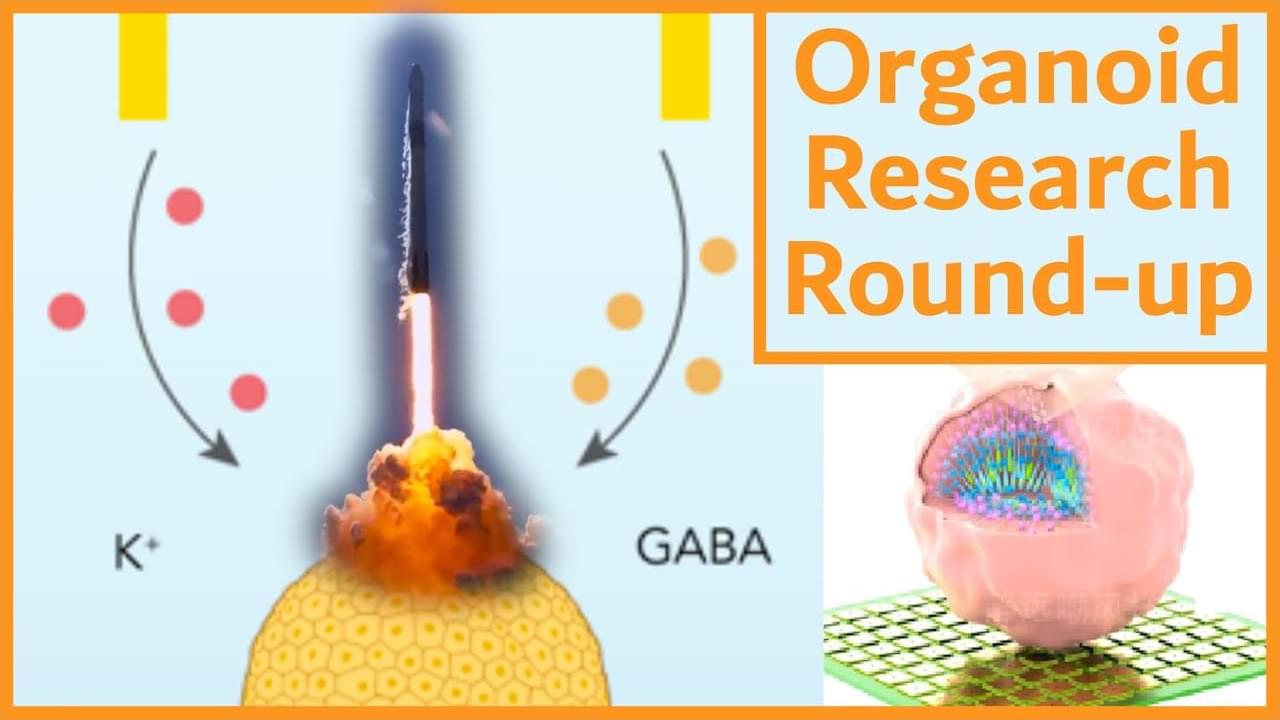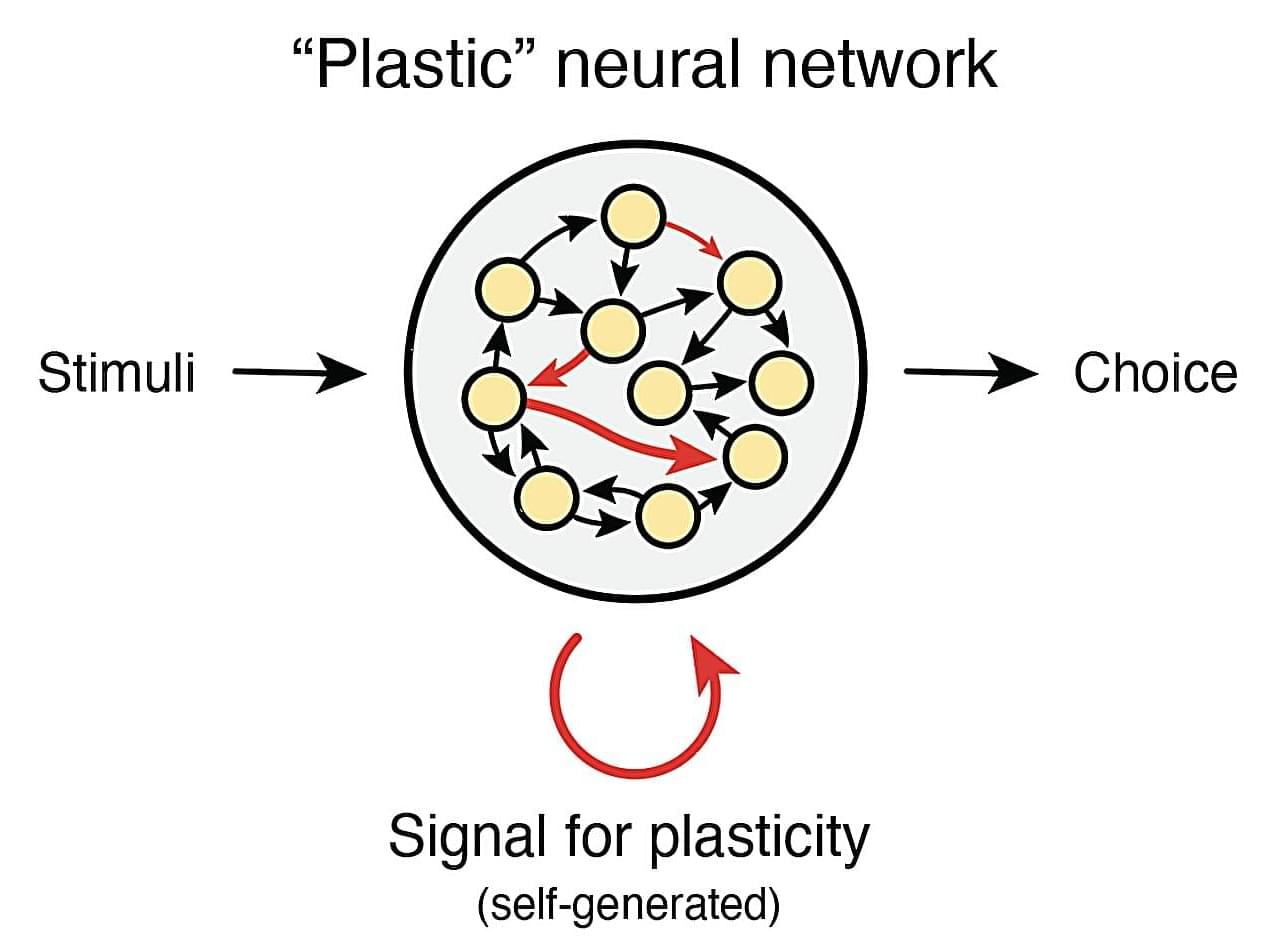Qubits—the fundamental units of quantum information—drive entire tech sectors. Among them, superconducting qubits could be instrumental in building a large-scale quantum computer, but they rely on electrical signals and are difficult to scale.
In a breakthrough, a team of physicists at the Institute of Science and Technology Austria (ISTA) has achieved a fully optical readout of superconducting qubits, pushing the technology beyond its current limitations. Their findings are published in Nature Physics.
Following a year-long rally, quantum computing stocks were brought to a standstill barely a few days into the International Year of Quantum Science and Technology. The reason for this sudden setback was Nvidia CEO Jensen Huang’s keynote at the CES 2025 tech trade show, where he predicted that “very useful quantum computers” were still two decades down the road.
